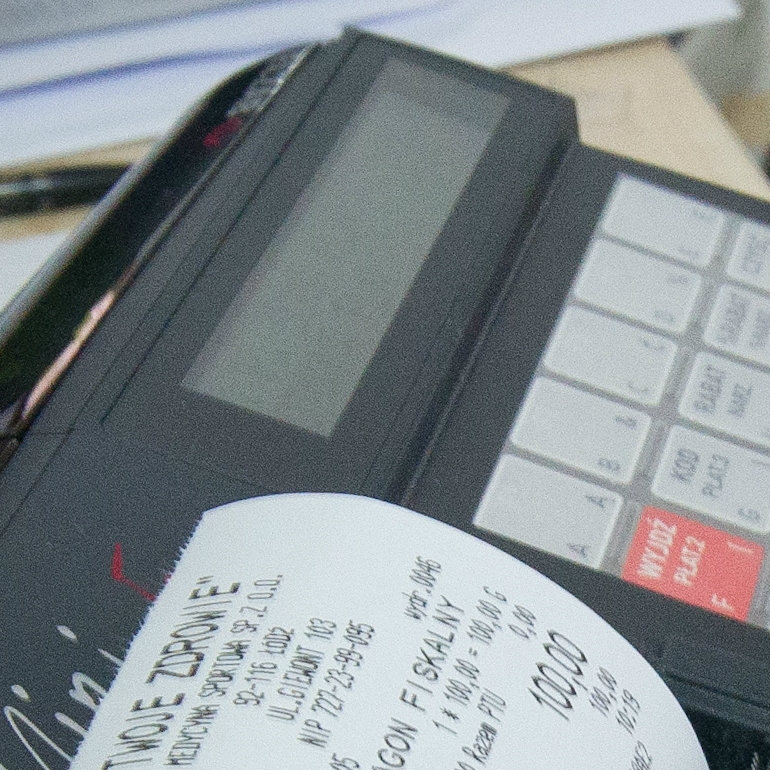
The GDP of Montenegro in the Q2’18 grew 4.9 per cent y/y, following a 4.5 per cent growth in the previous period. It was the strongest pace of expansion since the three months to June of 2017.
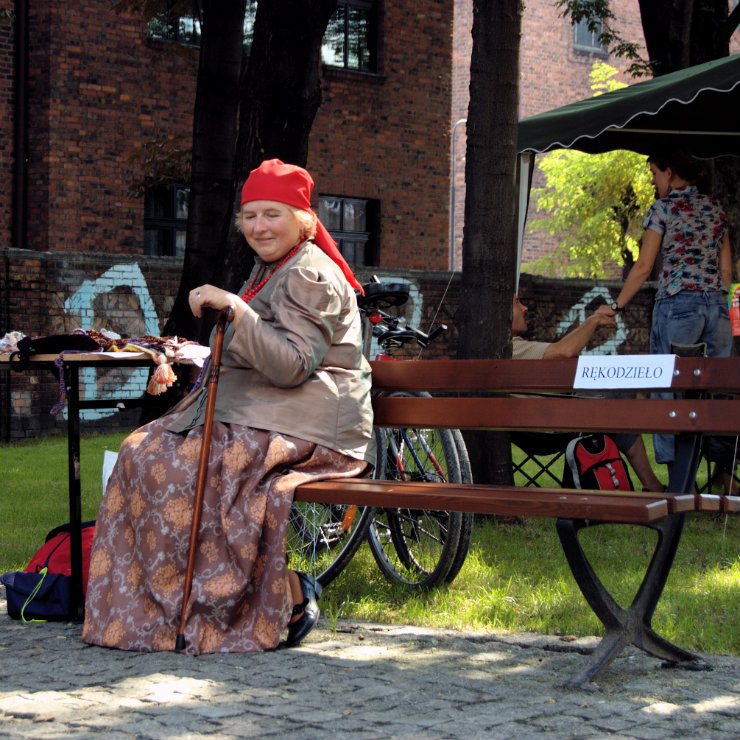
There are many indications that the period of fast growth of the Polish economy is already behind us. Simple growth reserves have been exhausted and high-tech production in has not been developed to a significant extent.
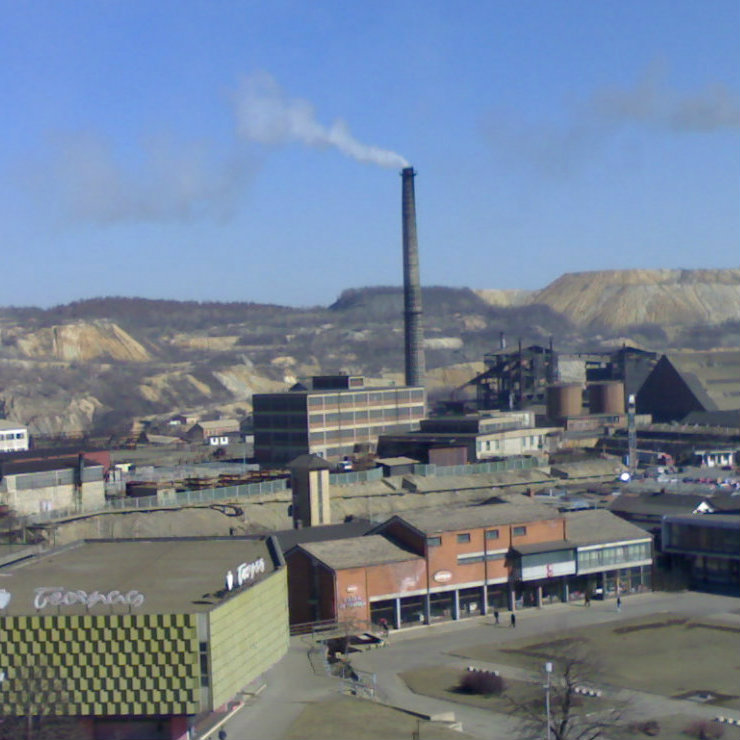
China has intensified its presence in the Balkans, especially in Serbia, since the beginning of the year. Serbia is a strategic target as its position is very important in transport infrastructure in Southeast Europe.
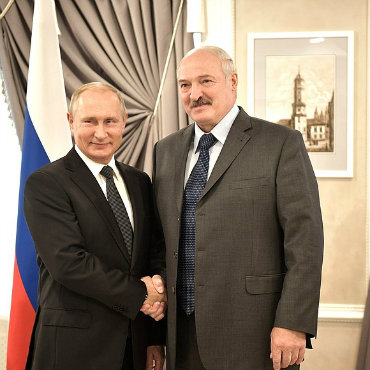
The Belarusian budget may lose 20 per cent of its annual revenues as a result of the increases of the price of Russian oil. The Russian-Belarusian economic relations are unique in history, but may not last forever.
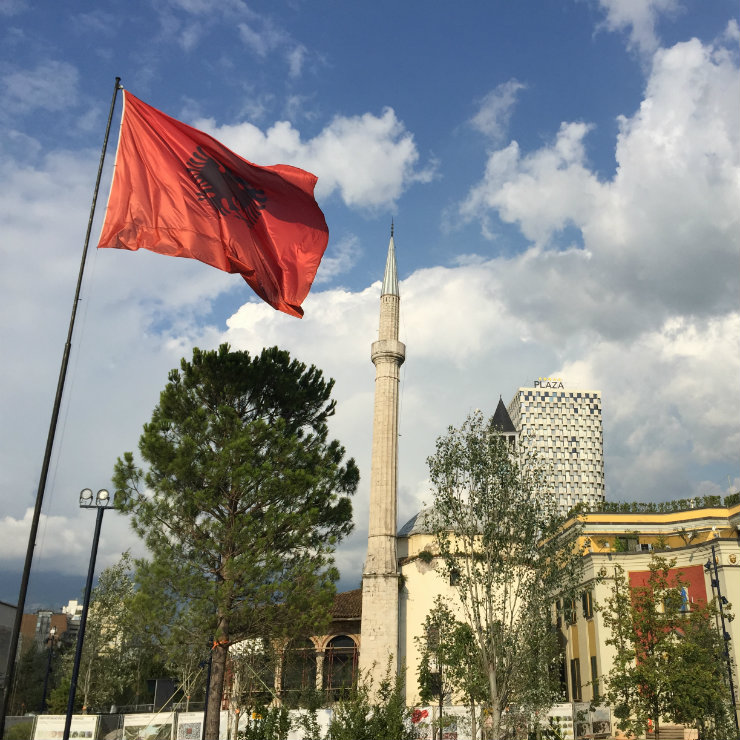
In Albania there is an increase in value of trade and in FDIs but geographical and commodity structure of trade has not changed significantly despite the Stabilization and Association Agreement between Albania and the EU.
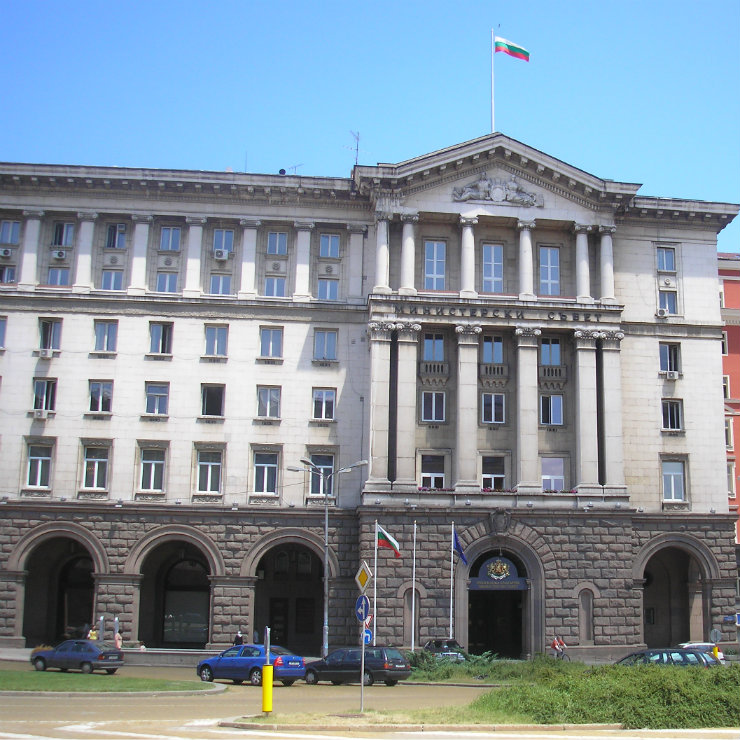
The Bulgarian government approved the budget 2019, projecting a fiscal deficit of 0.5 per cent of GDP for the year under the national methodology compared to the expected 0.5 per cent of GDP budget surplus in 2018.

In 2015, the Serbian government adopted the National Program for Suppression of the Shadow Economy, which may be one of the largest in Europe.

Poland must be prepared for economic slowdown resulting from the global situation, but recession, at least for the time being, is not expected, the chief economist of the Polish Development Fund, Paweł Dobrowolski, said at the...
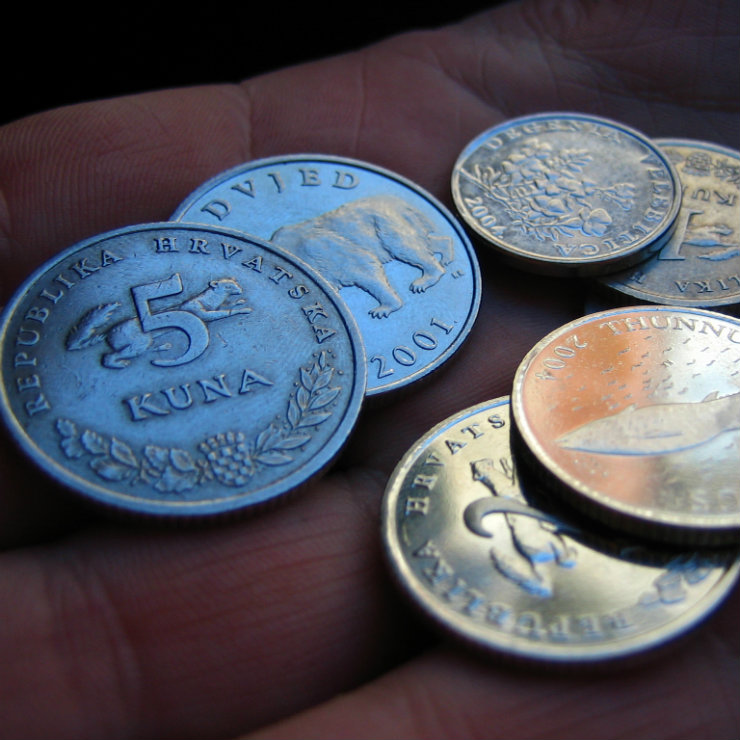
Global economic growth have created conditions for reduction of public debt in 2017. The favorable external and internal conditions supported reduction of general government debt in Croatia in 2017.

Suma Chakrabarti, president of the European Bank for Reconstruction and Development (EBRD), has called on Romania to reinvent itself and “move up the value added chain.”